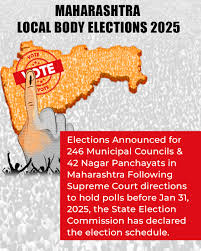
China’s practice of issuing ‘stapled visas’ to Indian citizens from Arunachal Pradesh has been a recurring issue of provocation. The Chinese government does not recognize India’s claim over Arunachal Pradesh, considering it a disputed territory. This has led to tensions between the two countries.
Recently, three wushu players from Arunachal Pradesh were issued ‘stapled visas’ for the World University Games in Chengdu, prompting the Indian government to express its displeasure and lodge a protest with the Chinese ambassador. The Indian government intends to work with China to ensure that all Indian athletes participating in future events, such as the Asian Games, are issued regular visas instead of ‘stapled visas’.
A stapled visa is a type of visa where the stamp is put on an additional paper, which is attached to the passport, rather than directly on the passport itself. This is done to indicate the visa’s validity and grant the right to be present in a particular country, such as India or China. On the other hand, a stamped visa is when the visa stamp is directly applied to the passport. The main difference lies in the method of attaching the visa to the passport. While a stapled visa involves attaching an additional paper, a stamped visa involves directly stamping the passport itself.
In response to China’s issuance of stapled visas to athletes from Arunachal Pradesh, Congress MP Shashi Tharoor has suggested a tit-for-tat move by India. Tharoor proposes that India should issue stapled visas to anyone applying for an Indian visa from Tibet. This would be a way for India to assert its sovereignty over the region and send a strong message to China. The Indian government recently lodged a protest against China’s stapled visas, which led to the postponement of the national wushu team’s departure for the World University Games




